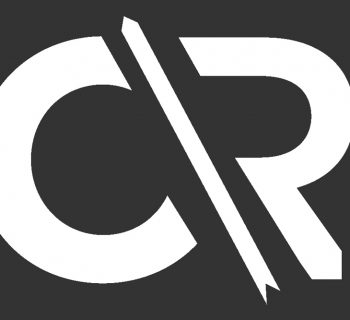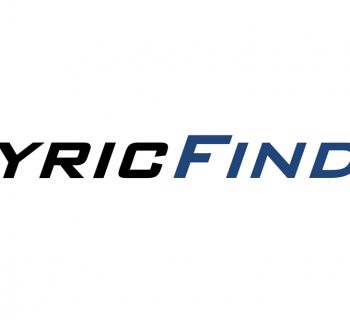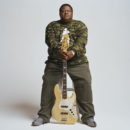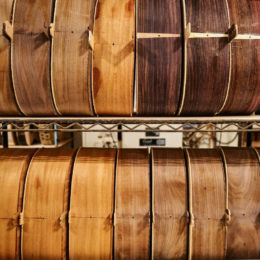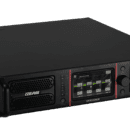Before jumping into the licensing world and getting your music out there, here are some terms you should know about music placement!
PLACEMENT RIGHTS & LICENSES
There are two rights involved with music placements:
(1) Rights to the music/song, and (2) Rights to the sound recording.
Synchronization License is granted by the copyright holder/publisher of a musical composition that allows the music/song to be synchronized with visual media.
Master Use License is granted by the rights holder/owner of the master sound recording that allows the recording to be reproduced in visual media.
Licensing Fees depend on: (1) where the music/song is used; (2) how it is used; and (3) what rights are granted. Theme songs, end credits and major scene usage get the most money.
NOTE: Mechanical Licenses and Royalties occur if a soundtrack album is produced.
MUSIC CUES
The insertion of music as a prompt for action or scene change.
BUMPERS
Short pieces of music before and after commercial breaks. Game shows also use them a lot–usually to emphasize key points in the game.
STINGERS
Short musical phrases used as a form of punctuation to indicate the end of a scene or a dramatic climax.
SOURCE MUSIC
The background music that underscores a scene, and is often instrumental.
FEATURED USE
Opening Themes and Closing Themes are “Featured Uses” since they are a primary musical focus. They also receive the greatest Licensing Fees and Performance Royalties.
BUYOUT
Occurs when a songwriter/composer is paid a one-time fee (usually as a “Work Made for Hire”), for creating music for a specific project. Often, 100% of all rights are transferred without further payment.
CUE SHEETS
Documents that let Performing Rights Organizations (such as ASCAP, BMI, SESAC) know how and when music is used in visual media, and are needed to calculate royalties. Cue sheets are usually prepared by the music supervisor, coordinator and/ or administrator.
RETITLING SONGS
A way to market and license content and collect Performance Royalties by registering existing works under different titles, a common practice for music libraries.
PERFORMANCE ROYALTIES
Are earned when a musical work is performed and/or broadcast publicly, e.g. on radio, television, in concert or via other media like the Internet. They are collected and paid by Performing Rights Organizations.
RESIDUALS
Residual Payments are earned when a film or TV program is rebroadcast. Their valuation depends on production time, the type of production it is, and the marketplace.
To get further industry advice from the experts on music placement and licensing, read our feature story here!




